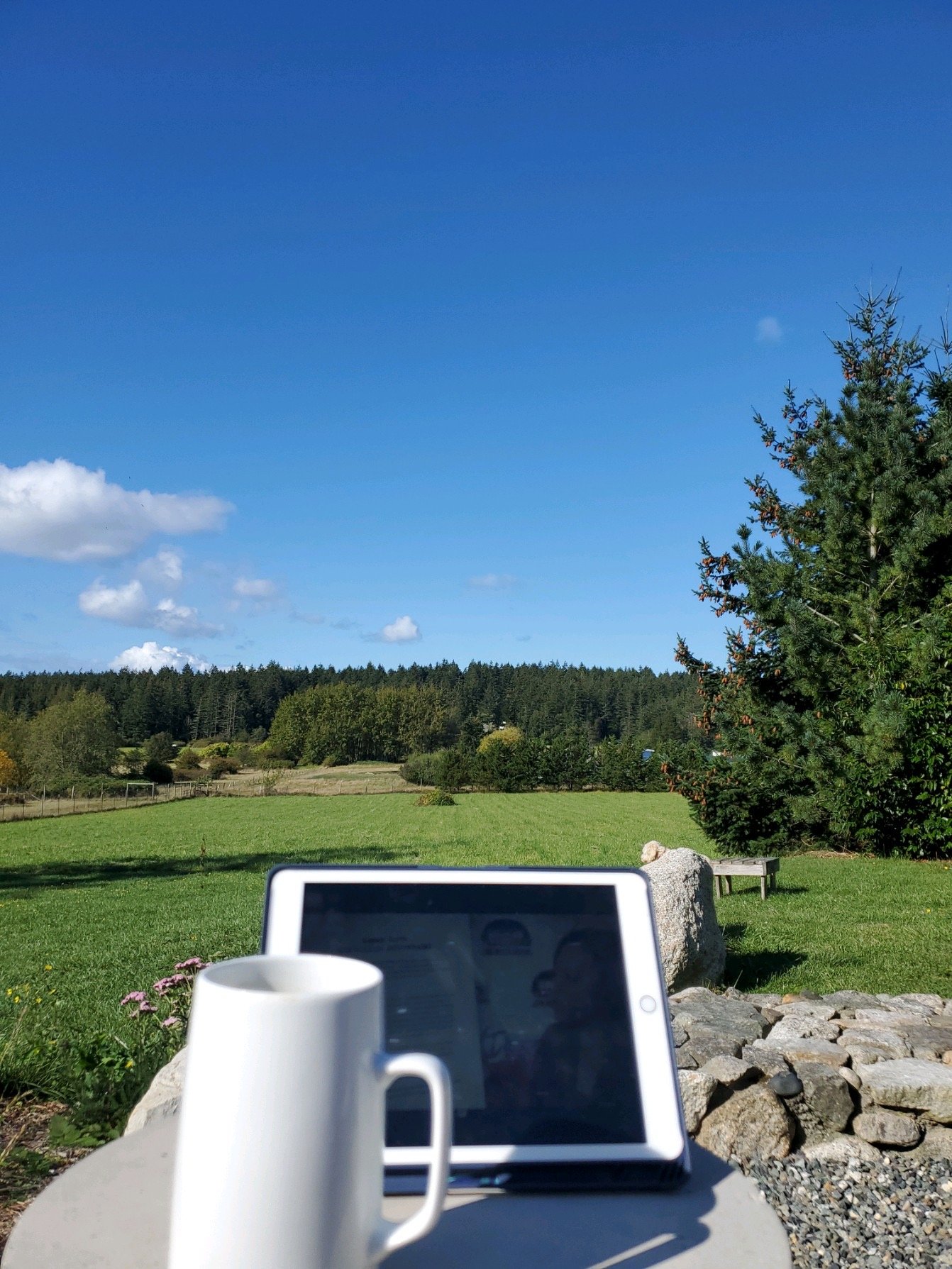
Comprehensive Overview of Applied Eco-Arts Frameworks
Evolution and Foundations
Applied Eco-Arts represents an evolution from ecopsychology and eco-art therapy, moving beyond individual therapeutic approaches to embrace community-based creative expression and ecological regeneration. This methodology recognizes the interconnected tapestry of life, where all beings—human and more-than-human—contribute to a vibrant ecological whole.
REAP (Regenerative Eco-Arts Pedagogy) emerged as a theoretical framework specifically focused on intergenerational knowledge transfer across cultural boundaries, acknowledging the ancestral wisdom that flows through generations like threads in the greater tapestry of ecological knowledge.
Applied Eco-Arts Core Elements
-

Creative Expression and Ecological Awareness
Using arts to process ecological grief and imagine regenerative possibilities, recognizing that human creativity is itself an expression of the larger creative force that flows through all living systems
-

Radical Joy as Ecological Medicine
Celebrating life's persistence in damaged places, honoring the resilience inherent in all living systems and their capacity for renewal
-

Community-Based Ecological Regeneration
Engaging communities in collaborative restoration, understanding that humans are co-creators within ecological systems rather than separate from them

Applied Eco-Arts recognizes that all elements of the living world contribute to a magnificent interconnected tapestry:
-

The Elements as Co-Creators
Earth provides the foundation, stability, and material presence for creative expression
Water brings flow, adaptability, and emotional connection to the process
Air carries inspiration, communication, and the breath that connects all living beings
Fire transforms through creative passion, catalyzing change and metabolic energy
Space/Ether holds the container for all possibilities to emerge
-

Plant Beings as Teachers
Trees demonstrate patience, steadfastness, and the wisdom of deep rootedness
Flowers offer lessons in beauty, impermanence, and the generosity of blossoming
Grasses show resilience, community strength, and adaptability to changing conditions
Fungi reveal the power of connection, decomposition, and hidden networks
Seeds embody potential, hope, and the cyclical nature of regeneration
-

Animal Beings as Collaborators
Birds bring perspective, voice, and the weaving of song through the landscape
Insects demonstrate intricate ecological relationships and the power of small actions
Mammals share embodied presence, emotional resonance, and kinship recognition
Aquatic beings connect us to the flowing nature of consciousness and hidden depths
Horses specifically offer embodied partnership, mirroring, and powerful presence
-

Human Contributors
Elders carry cultural memory, perspective, and wisdom of lived experience
Children bring fresh perception, wonder, and uninhibited creative expression
Artists offer technical skill, vision, and the courage to transform
Scientists provide observational precision, inquiry, and systematic understanding
Activists contribute passion, commitment, and calls to action
Healers bring integrative practices, holding space, and attention to wholeness

Dream it
•
Build it
•
Grow it
•
Dream it • Build it • Grow it •
Key Applied Eco-Arts Applications
Sustainability and Upcycled Arts
Community Gardening as Applied Eco-Arts
Pollinator Early Childhood Education
Regenerative Community Building

Transformative Vision
Applied Eco-Arts, through these diverse applications, offers a vision of cultural transformation that recognizes:
Radical Interconnection - We exist within, not separate from, the web of life
Multiple Ways of Knowing - Embodied, intuitive, and traditional knowledge complement analytical understanding
Co-Creative Partnership - Humans participate as one thread among many in the ecological tapestry
Reciprocal Healing - As we tend to the wounds in the Earth, we also tend to the wounds within ourselves
Regenerative Culture - Creative practices can help birth new cultural forms aligned with ecological principles
Integrated Applied Eco-Arts Practices






